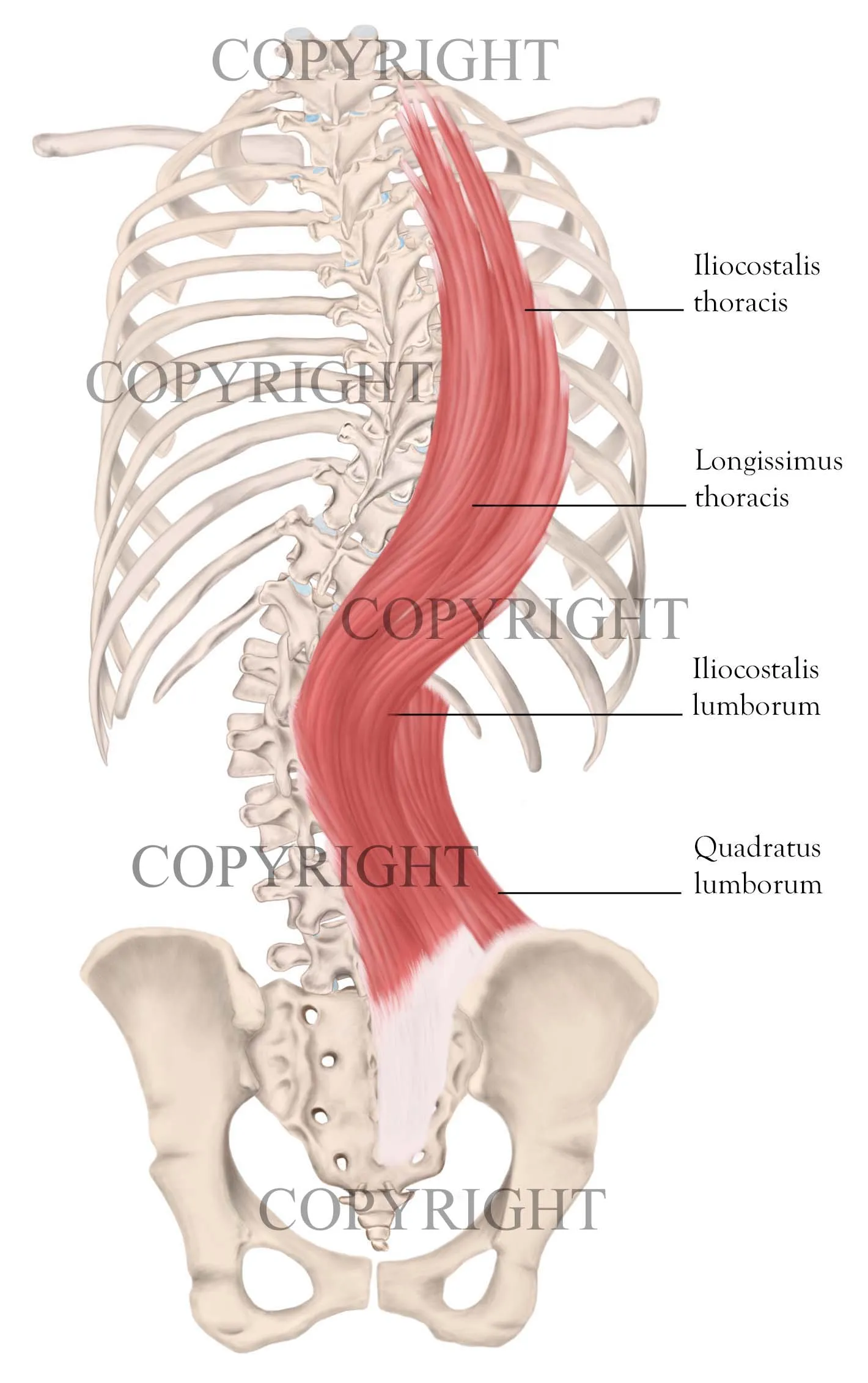Concepts
The Concept Of Bodywork For Scoliosis
Based on Science
Developed over the past several decades through intensive clinical research, examining hundreds of MRI and X-ray images, and a deep understanding of the pathology.
Feel Confident
Our well-thought-out, step-by-step teaching progression will make this three-dimensional, complex condition easy to understand.
Hands-On
Specific hands-on techniques for each type of scoliosis, gentle but powerful therapeutic strokes with integrated manual therapy targeting myofascial and muscle tissue.
Patient Presentation
During the patient presentation, you have the opportunity to assess, collaborate, and develop a comprehensive plan of care for a real patient.
History!
The history of Bodywork for Scoliosis is rooted in a lifelong passion for physical therapy that began in 1986 for Mr. Boroumand, a 13-year-old who shadowed a physical therapist in Tehran, Iran. Captivated by cases involving manual therapy and modalities, this experience sparked a deep interest that would guide his career.
After political circumstances forced him to move to Germany, Mr. Boroumand attended the Physical Therapy School in Hessische Lichtenau and graduated in 1995. It was there that he was first introduced to and developed a profound interest in the Schroth scoliosis method.
In 2002, he moved to the United States and was surprised to find a lack of specialized care for scoliosis patients in the Bay Area. His colleagues were unfamiliar with the Schroth Method, and patients were often given standard back exercises, with no specialized manual therapy available for their condition.
Driven by this void, his dedication to treating scoliosis patients, exceptional manual therapy skills, and 30 years of in-depth study of scoliosis culminated in the creation of Bodywork for Scoliosis.
He now shares this vital knowledge through continuing education courses for physical therapists, massage therapists, osteopaths, and other healthcare providers, empowering them to treat scoliosis effectively. Mr. Boroumand is also the author of “Bodywork for Scoliosis: Manual Therapy Techniques with Visual Guides,” available on this website and other platforms.

The Technique
Bodywork for Scoliosis consists of a series of manual therapy techniques tailored specifically to each type of scoliotic curvature. This method has been developed over the past several decades through intensive clinical research, examining hundreds of MRI and X-ray images, and combining multidisciplinary, hands-on techniques.
Bodywork for Scoliosis is based on science. It is safe, gentle, and has consistently produced lasting results, helping hundreds of young, adult, and geriatric scoliosis patients. Regardless of age, every scoliosis patient exhibits complex muscular asymmetry. The chronic nature of scoliosis alters the morphological features of collagen, intramuscular fatty infiltration, and centralized muscle nuclei. If left untreated, these changes will worsen over time.

Vision
Mr. Boroumand strives to inspire you to seize this opportunity and immerse yourself in learning about scoliosis. Enhance your manual therapy techniques, expand your understanding of the muscle imbalance caused by scoliosis, and feel confident in your ability to treat scoliosis patients. Imagine the countless desperate patients who need proper care and are looking for your help. Scoliosis is not a lost cause. Yes, at first, it might seem challenging. But so did your first few anatomy lessons and the first several patients you treated, and eventually, you mastered it all.

Benefits
Bodywork for scoliosis offers a range of benefits, primarily focused on pain management, improved physical function, and enhanced overall well-being. Using manual therapy techniques can help alleviate chronic pain and discomfort often associated with scoliosis. It can also improve the patient’s mobility, flexibility, and overall posture.
Key Benefits
• Pain Reduction: A major benefit is the ability to manage and reduce pain. Myofascial release techniques can relieve muscle tension, spasms, and nerve compression caused by the spinal curvature.
• Improved Mobility and Flexibility: By targeting tight muscles and connective tissues, this type of bodywork can increase range of motion, making daily activities easier and more comfortable.
• Enhanced Posture and Muscle Balance: Bodywork for Scoliosis can help to address the muscular imbalances that accompany scoliosis. By releasing overworked muscles and engaging weaker ones, it can promote better spinal alignment and a more balanced posture.
• Greater Body Awareness: The hands-on nature of the treatment helps patients become more attuned to their bodies, allowing them to better understand their spinal curvature and consciously adjust their posture. This awareness is a key part of long-term self-management.
• Psychological Well-being: In addition to physical benefits, Bodywork for Scoliosis can reduce the stress and anxiety associated with a chronic condition. It promotes relaxation and can improve sleep quality, contributing to a better overall quality of life.

Other Benefits
- Improve muscle balance
- Sciatica pain
- Improve muscle pliability
- Reduce muscle tension
- Back pain
- Neck pain
- Cervical pain
- Headache
- Suboccipital pain
- Coat hanger pain
- Intercostal tension
- Improve spinal mobility
- Improve gait
- Quadratus lumborum pain
- Abdominal pain
- Ribcage pain
- Thoracic pain
- Improve function
- Scapula pain
- Muscle spasm
- Gluteal and piriformis pain
- Improve muscle balance in lower extremities
- Groin and psoas pain
What you will learn:
- Theory
- Anatomy of scoliosis and effects on related joints
- Anatomy of asymmetric muscles imbalance
- Examination of X-rays and MRIs
- Assessment and measurements
- Development of tactile and hands-on skills
- Partnered Lab work
- Patient presentation
- Patient assessment
- Design plan and care
